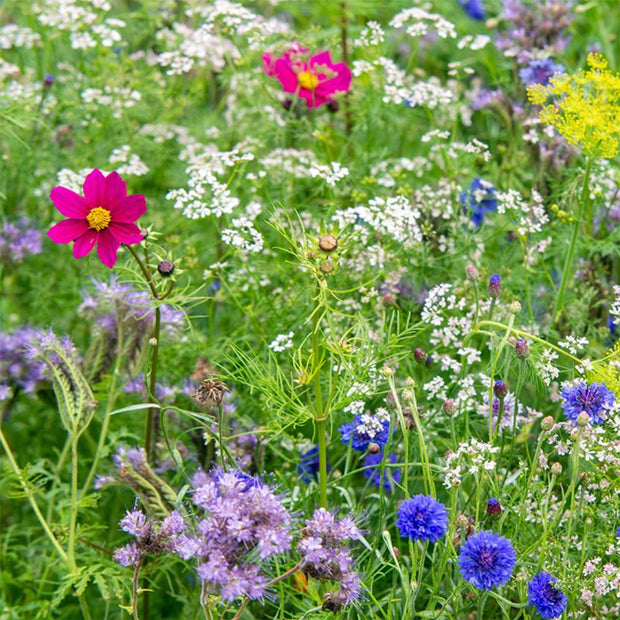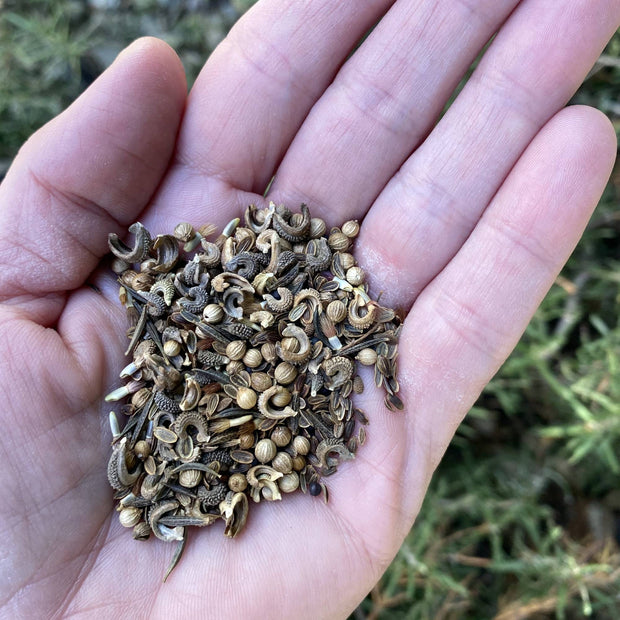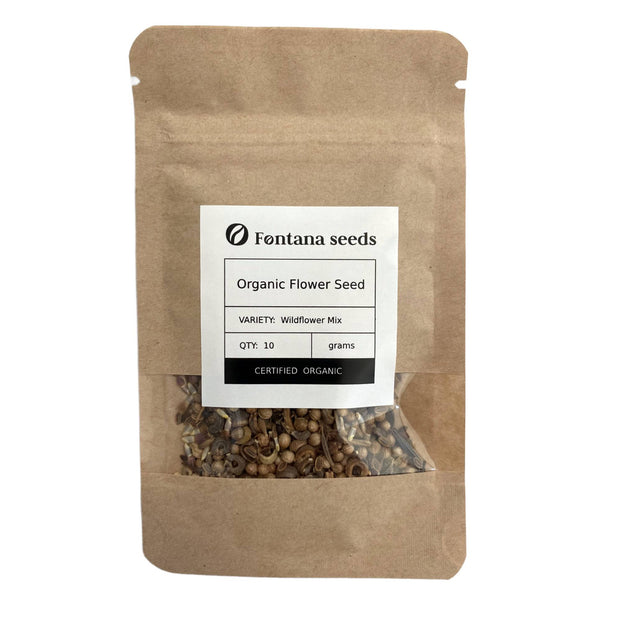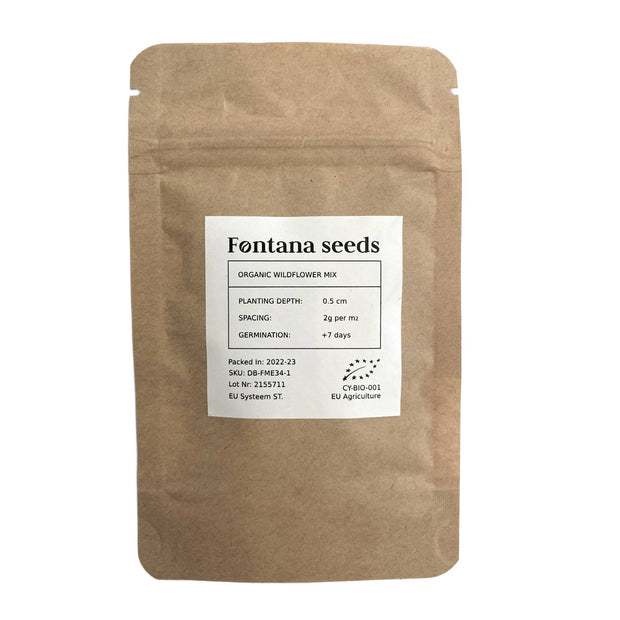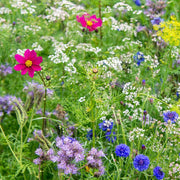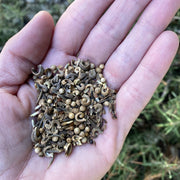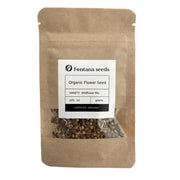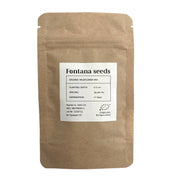Coverage:
Seeds can be sown thinly at around 2 gram per square metre. Do not sow too thickly, while it is good for plants to offer each other a little support you don't want them to out compete one another.
Timing: Sow in Spring or in Autumn.
Sowing can begin from late March to early June as the soil begins to warm up (often indicated by the emergence of weed seedlings). It may begin earlier in milder gardens of the south and west; in colder northern gardens sowing may be later.
Seeds can also be sown in the autumn so they flower earlier the following year. A spring sowing differs from an autumn sowing in that it tends to produce a later flowering display. It should be noted that although these plants usually withstand frosty conditions without protection, some would benefit with a covering with horticultural fleece or a cloche when a heavy prolonged frost is forecast.
Sowing:
Weed the bed, level the soil with a rake and tread lightly before sowing. Mixing the seeds with dry sand will ensure a more even distribution of seeds. You can easily see where seeds have fallen and any bare patches can be covered.
Sowing the seeds can be done either by broadcast sowing or by sowing in drills. Broadcasting sowing is quick and easy, the seeds are simply scattered evenly over the surface of the soil. The main disadvantage of broadcasting is that you cannot easily tell weed seedlings apart from your sowings.
Alternatively, the seeds can be sown in drills (shallow grooves) 30cm (12in) apart. Although this takes a little more time it is time well spent as the flowers appear in rows and can be told from any weed seedlings easily.
Cultivation:
Water seeds / plants if conditions are dry. Tall plants may benefit from support in exposed gardens.
At the end of the season you can either leave the seed heads for the birds to eat or cut the flowers down. The dead stalks should be cut down and any weeds removed, the area can then be re-cultivated in time for the following season.
Garden uses:
Beds and Borders, Cottage/Informal Gardens, Courtyards and City Gardens, Wildlife Gardens.
General Gardening Advice for Attracting Bees and Other Pollinators:
Chose several colours of flowers. Bees have good colour vision to help them find flowers and the nectar and pollen they offer. Flower colours that particularly attract bees are blue, purple, violet, white, and yellow.
Plant flowers in clumps. Flowers clustered into clumps of one species will attract more pollinators than individual plants scattered through the habitat patch. Where space allows, make the clumps four feet or more in diameter.
Include flowers of different shapes. There are many different species of bees and they are all different sizes, have different tongue lengths, and will feed on different shaped flowers. Consequently, providing a range of flower shapes means more bees can benefit.
Have a diversity of plants flowering all season. Most bee species are generalists, feeding on a range of plants through their life cycle. By having several plant species flowering at once, and a sequence of plants flowering through spring, summer, and autumn, you can support a range of bee species that fly at different times of the season.
Don’t use pesticides. Most pesticides are not selective. You are killing off the beneficial bugs along with the pests. If you must use a pesticide, start with the least toxic one and follow the label instructions to the letter.
If you have a pool, try and make it shallow in places perhaps with logs and pebbles so they can access the water.
Bees also need nooks and crannies to hide in. Leave piles of logs, have climbing plants on trellises to create sheltered hibernation spaces and don't tidy everything up obsessively but leave a few wilder bits.
Bees are sun-worshipers and have an even lower tolerance to wind and poor summers (just like us). If two identical plants are in sun and shade they will only work the sunny one. If you make your garden as sheltered as you can, this benefits everyone.
